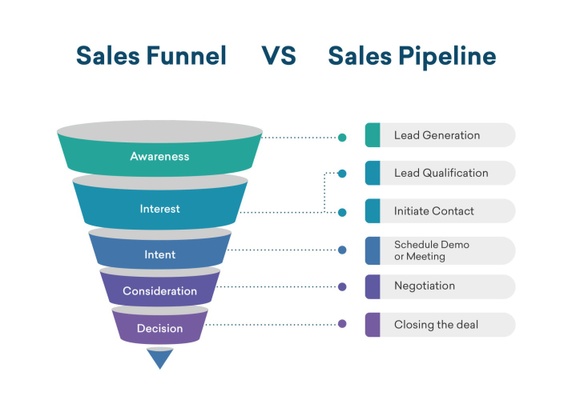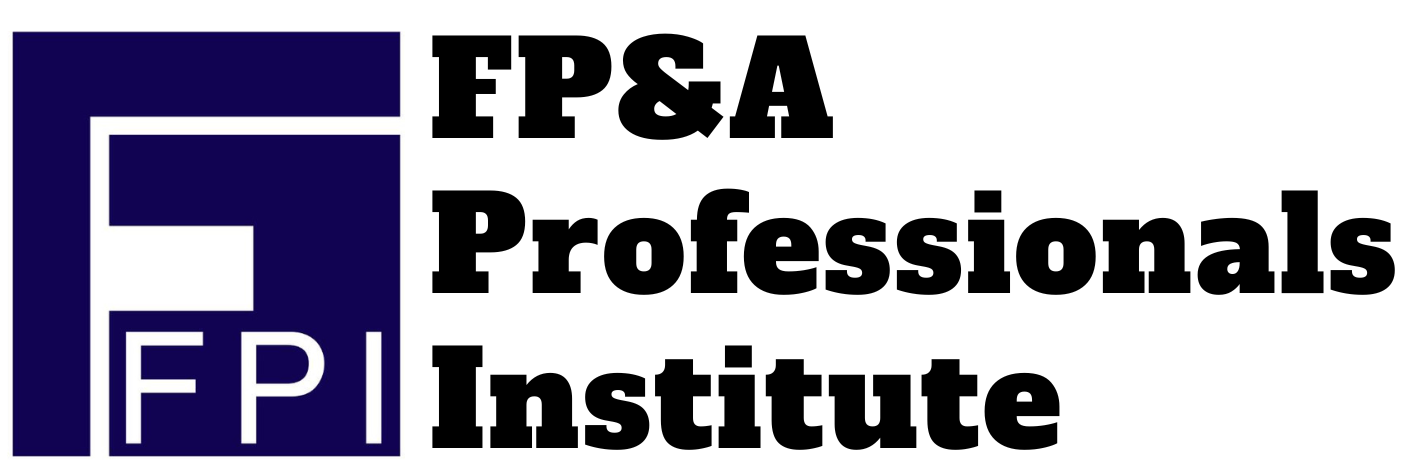
What is Sales Forecasting?
Most organizations use a CRM software to execute their day-to-day B2B selling activities. This mainly includes tracking and monitoring the sales pipeline.
A sales pipeline is all the opportunities, across all stages of the sales cycle from prospects to deals that are ready to close.
A sales forecast is a subset of the sales pipeline, used to project expected revenue for a specific period of time.

“A sales forecast is a subset of the sales pipeline, used to project expected revenue for a specific period of time.”
Why is Sales Forecasting Important?
Along with the sales teams, other teams also rely on the sales forecast to operate effectively. For example, Revenue projections drive financial and operational decisions including headcount needs, budgeting, demand and supply planning, inventory management.
“The goal of forecasting is not just predicting the future but to tell you what you need to know to take meaningful actions in the present” – Paul Saffo
Sales forecasting is not just about predicting your sales numbers; it’s about having the necessary information that enables you to make the right decisions today that will help you in the future.
-
Spots Potential Issues: Sales forecasting allows you to spot potential issues and gives you time to avoid or alleviate them.
-
Hiring and Resource Management: Sales forecasts also help you with hiring and resource/inventory management decisions.
-
Drives Performance: It gives you the necessary information you need to make decisions that will improve your results.
Key stakeholders in the Sales Forecasting Process
Sales Operations Team
-
Review and validate current sales forecasting
-
Support sales management with forecasting inputs and what-if scenarios
-
Review forecast accuracy and recommend necessary actions to Sales Management
Sales Head and Sales Managers
-
Review and override sales forecasts
-
Optimize sales forecasts through conducting what-if scenario exercises
-
Analyze gaps in commits and make necessary adjustments
-
Drive forecast accuracy
-
Consistently deliver sales projections and commitments
Sales Finance
-
Set financial targets and constraints
-
Review forecasts and forecast accuracy
How is Sales Forecasting Done?
We take a look at where the prospect is our pipeline and calculate the chances of the deal closing.
Companies can break down their pipeline into various stages; like prospecting, qualified, demo, quote, closing, etc. and track everything using a CRM software. As a general principle, the further the prospect is down the pipeline, the better are the chances of closing the deal.

However, these percentages can be overridden by Sales Managers. For example, the sales manager can adjust the forecast upwards even if a prospect is at an early stage, but the sales manager feels more confident of closing it. Similarly, they can adjust it downwards for a prospect in the final stages which they still feel not very confident about.
Territory Planning
Many organizations allocate accounts to territories based on geographic location. This type of allocation may work well for some types of businesses, but there are often other factors that should be considered to enhance market coverage and maximize sales rep skills. They are:
-
Products (Who has more product-specific knowledge, and where do some products do better than others?)
-
Industry (Do certain industries buy more of one product than others? Can I increase interest in additional, targeted industries for my products?)
-
Specific Accounts (Should certain high-value accounts be assigned to specific sales reps in order to nurture that relationship?)
-
Historical Performance (Will my current customer base expand or renew?)
-
Potential Revenue (What prospects are likely to buy?)
Incentives and Rewards Planning
Incentive (or variable) compensation is a form of variable, non-salary pay in which earnings are directly tied to performance. For salespeople, this is often based on the product/services they sell, the success of their team, and the revenue success of the organization as a whole. Incentives in variable compensations can take many forms, and may include commissions, bonuses and prizes. Effective Incentives & Rewards Planning requires flexible, robust modeling capabilities and automated calculations. This helps to keep sales incentives nimble in the face of changing market conditions and new business priorities. This also helps to deliver accurate and timely incentive payments to the sales team.
Conclusion:
Sales Forecasting is critical to business as not only the sales teams, but almost the entire organization rely on these sales forecasts to operate effectively. And remember sales forecasting is not just about predicting your sales numbers; it’s about having the necessary information that enables you to make the right decisions today that will help you in the future.
